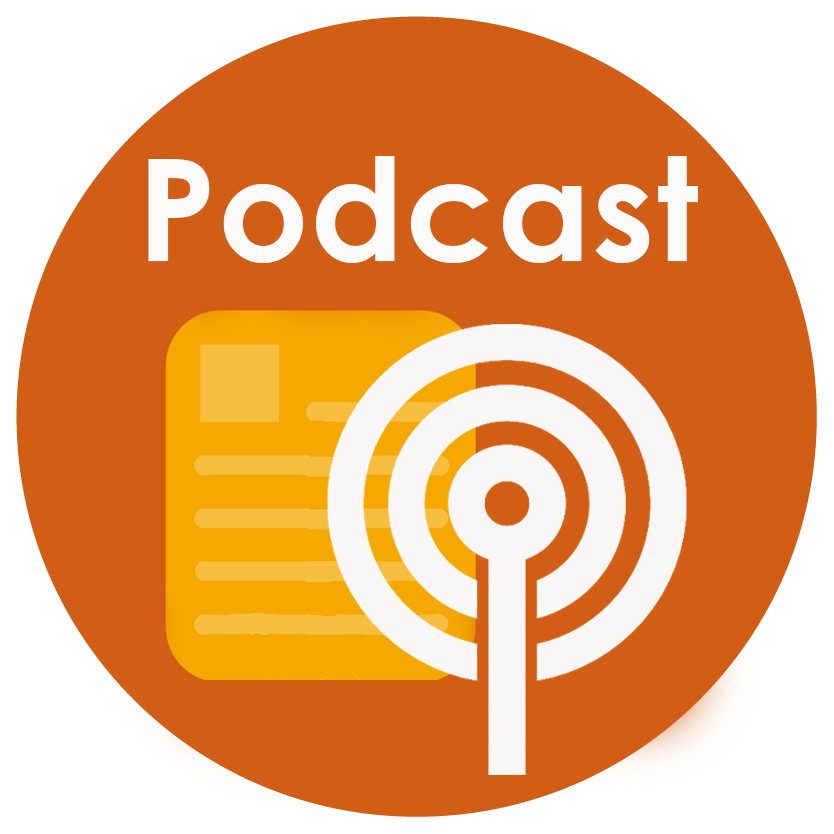
Volume XLIV, No. 2 | February 3, 2022
Adopting OER to Support Equity in Instruction and Learning
Open Educational Resources (OER) are having a moment. The state of California just invested an unprecedented $115 million to develop zero textbook cost degrees and OER at the California Community Colleges. But OER adoption has been gaining traction for a while now, and for good reason: The benefits of OER are myriad and can be significant, enhancing both affordability and outcomes for college students. Furthermore, research supports the conclusion that “the cost savings to students associated with the adoption of open textbooks do not come at the expense of resource quality or student performance” (Jhangiani et al, pp. 1-22). OER can support equity in instruction and learning at community colleges and in any higher education context.
Defining OER and Equity
I lead a consortium that supports digital learning—including OER—at community colleges across Texas. We have adopted the “official” state definition of OER: Teaching, learning, or research resources that are in the public domain or that have been released under an intellectual property license that permits their free use, adaptation, and redistribution by any person. We also embrace the five “Rs” as necessary characteristics of what you can do with OER: Retain, reuse, revise, remix, and redistribute.
Generally, equity is the creation of opportunities, systems, and structures that remove barriers and close achievement gaps for those from historically underrepresented groups. In terms of higher education, the national nonprofit Achieving the Dream argues that “equity refers to ensuring that each student receives what they need to be successful through the intentional design of the college experience.” Adopting OER is one opportunity to remove barriers and close gaps through intentional design to give all students what they need to be successful. At the same time, OER can help faculty and colleges fulfill their commitment to creating equitable learning spaces.
Benefits of OER for Students
OER can support equitable outcomes for students by:
- lowering the cost of college attendance, since OER will include at least one no-cost option (sometimes affordable print options are available);
- providing access to course materials from day one, ensuring that students won’t have to delay purchasing these resources due to financial hardships or waiting for loans/grants to come through; and
- giving students the opportunity to create OER and engage in the five “Rs” for their own course materials, empowering them through knowledge creation and distribution.
Benefits of OER for Faculty
OER can support equitable instruction by:
- providing increased ability (and often free reign) to update and localize content to ensure diverse perspectives, applicability, relevance, and alignment with learning outcomes;
- creating, through open pedagogy, a community of learners among the instructor and students, empowering all to contribute to knowledge generation; and
- subverting the commercial textbook/resources publisher hierarchy to break down inequitable barriers to knowledge generation for faculty.
Benefits of OER for Colleges
OER can support equitable institutions by:
- ensuring that the cost of educational resources is not a barrier to student access and success; and
- promoting the philosophy that knowledge should be open and accessible to all.
Getting Started
Here is a brief list of resources to get you started with OER:
My organization also developed a set of ten peer-reviewed introductory modules, Texas Learn OER. Although one module is focused on policy and practice in our state, the other nine are applicable to any context, and all are openly licensed and thus can be revised and remixed as needed. These are only a few of the resources available to you.
Conclusion
Open Educational Resources are in the public domain or are openly licensed to support their free use, adaptation, and redistribution. As such, they can support equity in higher education for students, faculty, and their institutions, and there are an increasing number of resources to get you started. Since the open education community is built on collaboration and sharing, the possibilities to support equitable education through OER are truly limitless! I encourage you to join this community and see for yourself.
Judith Sebesta, Executive Director, Digital Higher Education Consortium of Texas
For further information, contact the author at Austin Community College, judith.sebesta@austincc.edu.
Work Cited
Jhangiani, Rajiv S., Farhad N. Dastur, Richard Le Grand, and Kurt Penner. “As good or better than commercial textbooks: students’ perceptions and outcomes from using open digital and open print textbooks.” Canadian Journal for the Scholarship of Teaching and Learning. vol. 9, no. 1, 2018, pp. 1–22.
Please review Writing an Innovation Abstracts if you are interested in authoring an Innovation Abstracts for NISOD.



